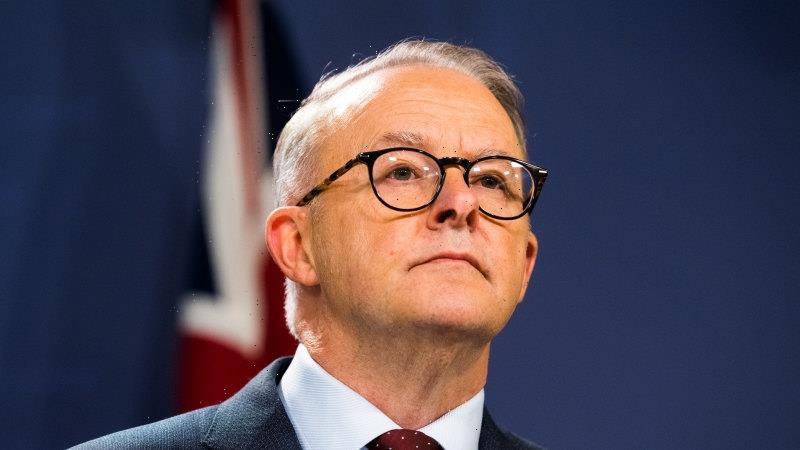American football fans can all agree — inflation is taking a toll on the cost of tailgates this season.
Prices for gasoline, flights and essential foods found at tailgate parties all jumped in price, with the cost of groceries up 13.1% in July, and the overall cost of spectator sports skyrocketing 150% for the average U.S. consumer in the past year.
Wells Fargo Economist Mike Pugliese said gasoline tops the list of factors driving the cost of tailgating up.
“It’s not just the cost of getting to the game with that gasoline but also fueling up the grill. Propane, firewood…the kinds of things you’d need to fire that up, we’re talking even there 20% or so inflation on a year-over-year basis, so those costs really do stack up when kind of adding them all together,” he told Yahoo Finance.
Travel costs alone are seen as the “biggest pain point” according to the report, whether it be flying, driving or once there, parking or staying in a nearby hotel. In the past year, airfares have gone up 28%, that’s 16% higher than in 2019. Wells Fargo noted a 1.4% hike in parking and tolls and hotels, up 1.3% year-over-year.
Pugliese offered advice on how to combat these higher costs — take mass transit, up 0.5%.
“If you are trying to get to the game and transportation’s a challenge, be it driving with gasoline or airfares…what I would point you to is public transit. Take the bus, take the subway, if you can.”
Once you’re finally there, beer and food are in order, but that’ll cost you more too.
Here’s how much some fan-favorite tailgate foods jumped in price according to the U.S. Department of Labor and Wells Fargos Economics: chicken, up 17.6%, snacks up 16.5%, pickles & relishes, up 15.8%, dairy and cheese, up 14.9%, rolls and buns, up 13.9%, carbonated drinks, up 12.9%, condiments, up 11.3%, ground beef, up 9.7%, fresh fruit, up 9.0%, fresh vegetables, up 7.3%, hot dogs, up 5.3%, and pork ribs, up 1.5%.
The rising cost of Alcoholic beverages might be easier to swallow, coming in at not too much of a hike in cost compared to most food: beer, up 4.6%, wine, up 2.3%, and liquor, up 1.5%.
According to Pugliese, there are a few key factors that are driving prices higher in certain “random” sub-sectors like pickles and relish.
“When you look at a lot of different sectors, either agricultural commodities being up a lot, the labor costs, which continue to be very high, transportation costs, which continue to be high, you also see a lot of volatility in these like we’ve seen in all the inflation data. Each individual sub-sector has been very volatile as different problems in the supply chain have caused that volatility over the course of the past couple of years, so you kind of pull all those factors together, and it doesn’t surprise me that even somewhat random sectors have seen really robust inflation over the past year or so,” he said.
Another option to save this football season — watch from home.
“You’ve seen TV prices actually come down a bit relative to a year ago, continuing what’s more of a longer-term structural trend over the past decade or two and also, prices for cable and satellite TV haven’t gone up nearly as much as overall inflation,” Pugliese continues, “Staying at home, watching it on your upgraded TV, could be a perfectly fine substitute.”
Brooke DiPalma is a producer and reporter for Yahoo Finance. Follow her on Twitter at @BrookeDiPalma or email her at [email protected].
Click here for the latest trending stock tickers of the Yahoo Finance platform
Click here for the latest stock market news and in-depth analysis, including events that move stocks
Read the latest financial and business news from Yahoo Finance
Download the Yahoo Finance app for Apple or Android
Follow Yahoo Finance on Twitter, Facebook, Instagram, Flipboard, LinkedIn, and YouTube
Source: Read Full Article
